Copenhagen Cowboy is the last released work of famous director Nicolas Winding Refn. This is probably one of my favorite directors.
One of my favorite movies of the last decade was Drive, and ever since, I’ve never missed one of his films. Even if they are getting weirder, for me, it’s about exploring the unknown.
Who is Nicolas Winding Refn?
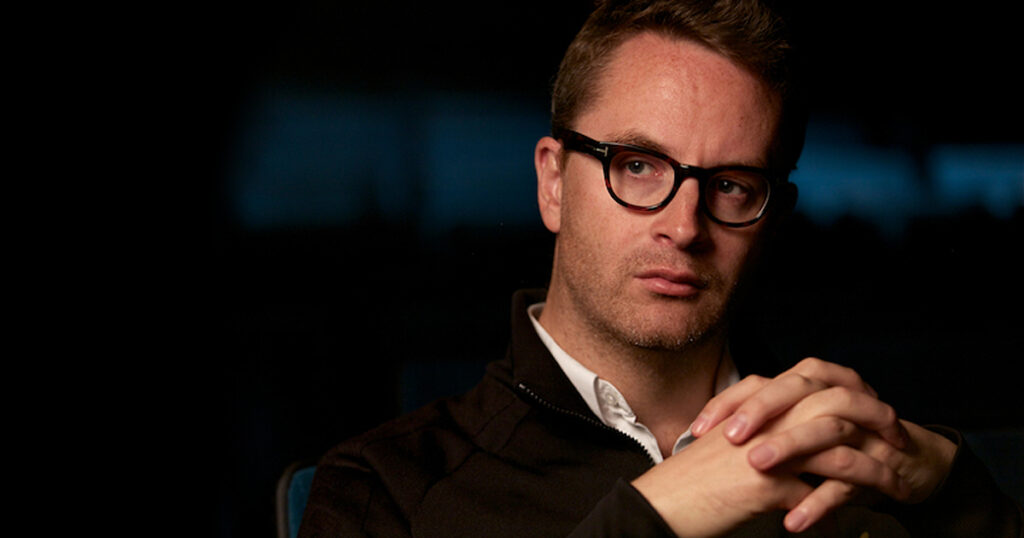
Nicolas Winding Refn is a Danish film director well-known for his esthetic imagery but also for his violent mayhem stories.
His movies also have a kind of purity to them, almost contrasting gentleness and pure violence at the same time.
The visuals of his film are very contrasty, often using tons of colors reminiscent of neon of the 80’s. Since the director is colorblind and dyslexic, his work often has the colors turned up to 11.
He is sort of a creative genius in the sense that his movies explore subjects instead of just using pleasing concepts.
His work
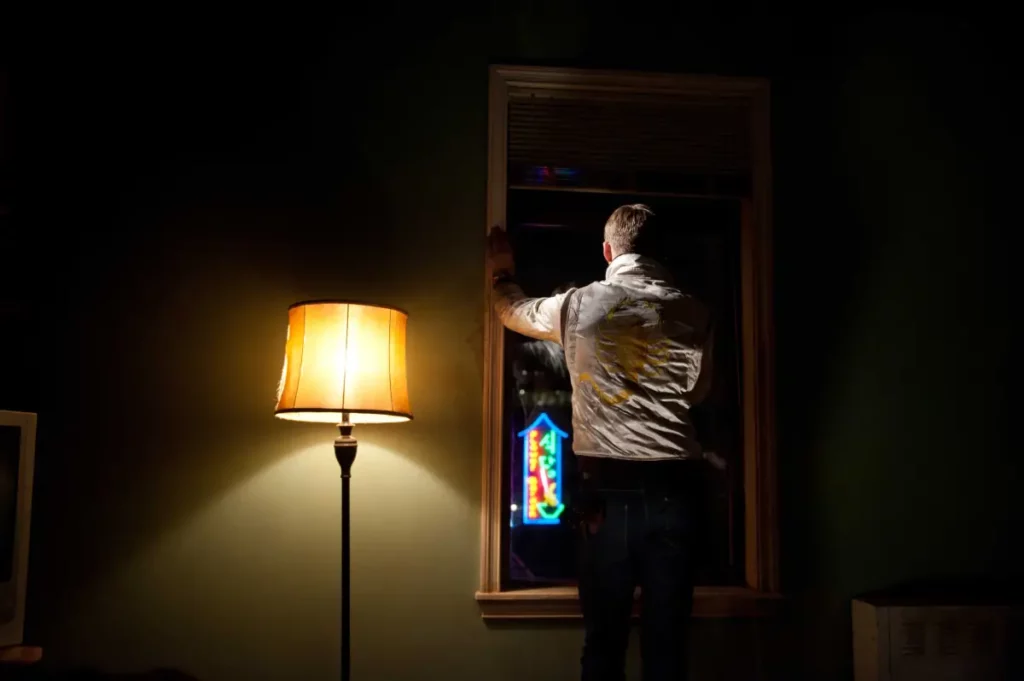
Director of Photography Newton Thomas Sigel
His first films were the Pusher Trilogy, and with this TV show, he seems to have come back to his roots in Denmark and crime stories but with a slight twist.
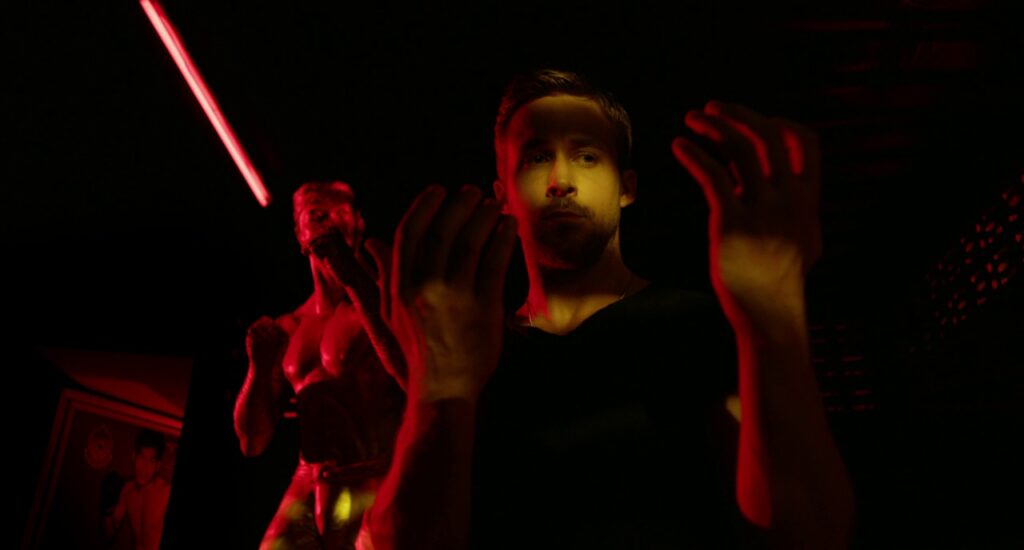
Director of Photography Larry Smith
Drive, Only God Forgives, and The Neon Demon were my favorite works of his. I found them to be more coherent in their structure than his following work.
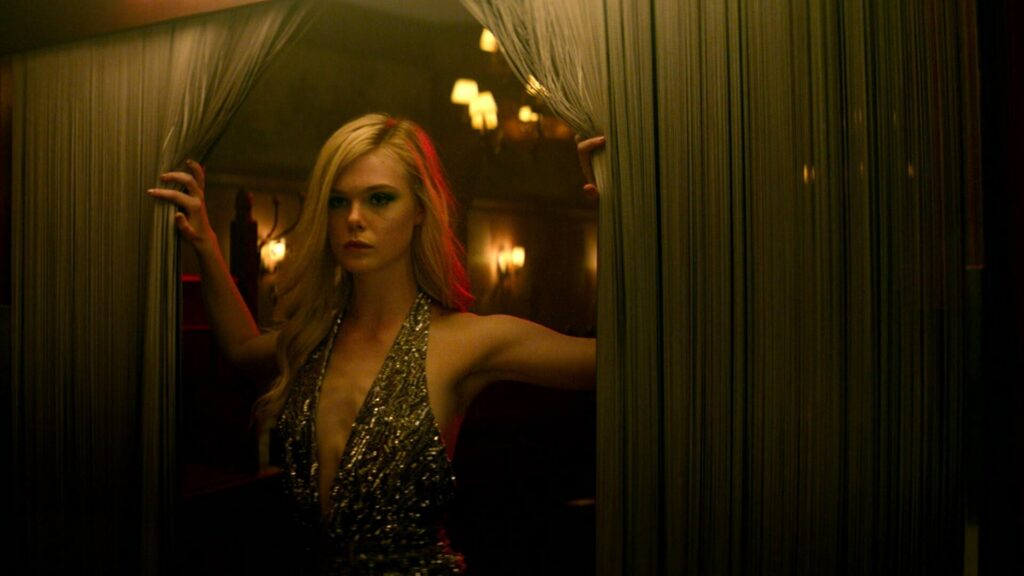
Director of Photography Natasha Braier
After that, he went into a more mystical form of cinema, which I liked as well with Too Old to Die Young. I really enjoyed this show, even though it was hard to watch the end as much as the one in Only God Forgives. A lack of catharsis I suppose.
Copenhagen Cowboy
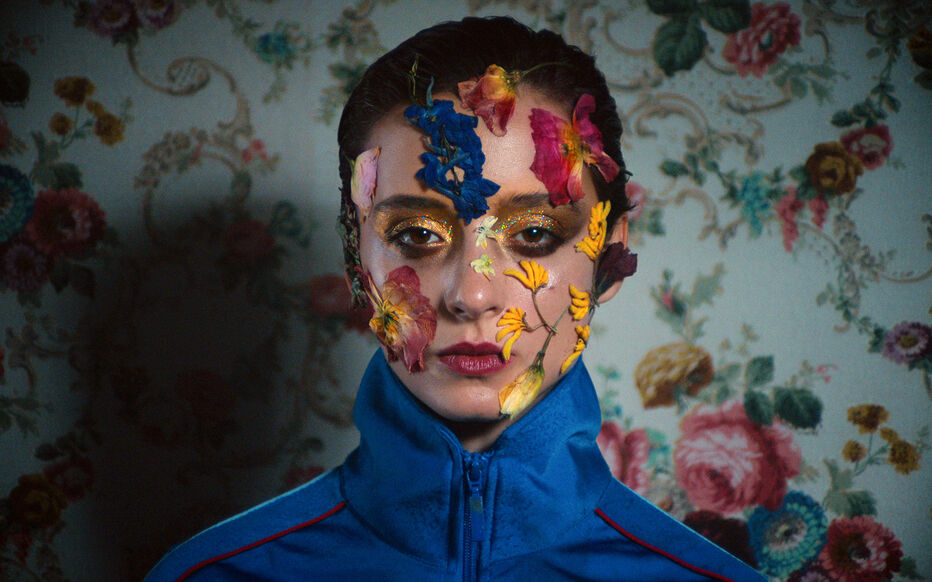
Copenhagen Cowboy is not too dissimilar from Too Old to Die Young. As always, the story starts a little slow, and not much is explained. There is a sort of atmosphere to his film. Characters speak, but not the way they do in real life, perhaps more in a poetic manner.
The story always seems simple at first but transforms bit by bit into something more important and filled with symbolism.
It’s not always easy to follow or to understand this mysticism. I would even go as far as to say that NWR movies have to be felt first and foremost.
The cast and the characters
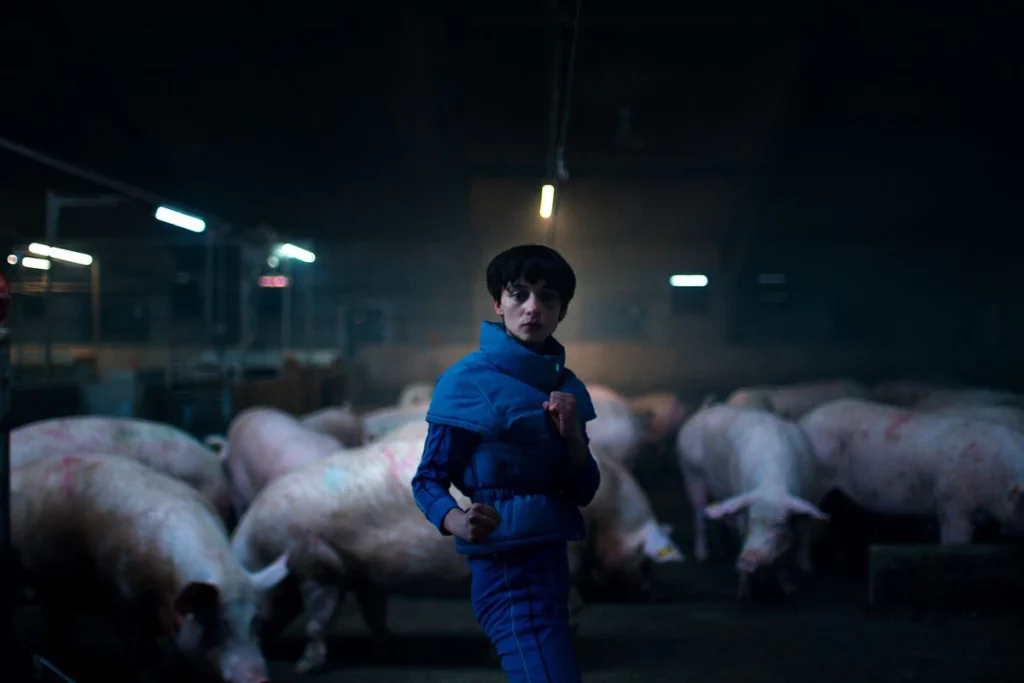
One thing I really enjoy about this show is that the cast was street cast, meaning that they were for the most part not famous actors or not actors at all.
I always found that real people tend to give a real rendition of a character just by being themselves if they are well cast.
This time, the hero or protagonist is a female. Like the character of the driver in Drive, we don’t know much about her background; we just know that she somehow has special abilities.
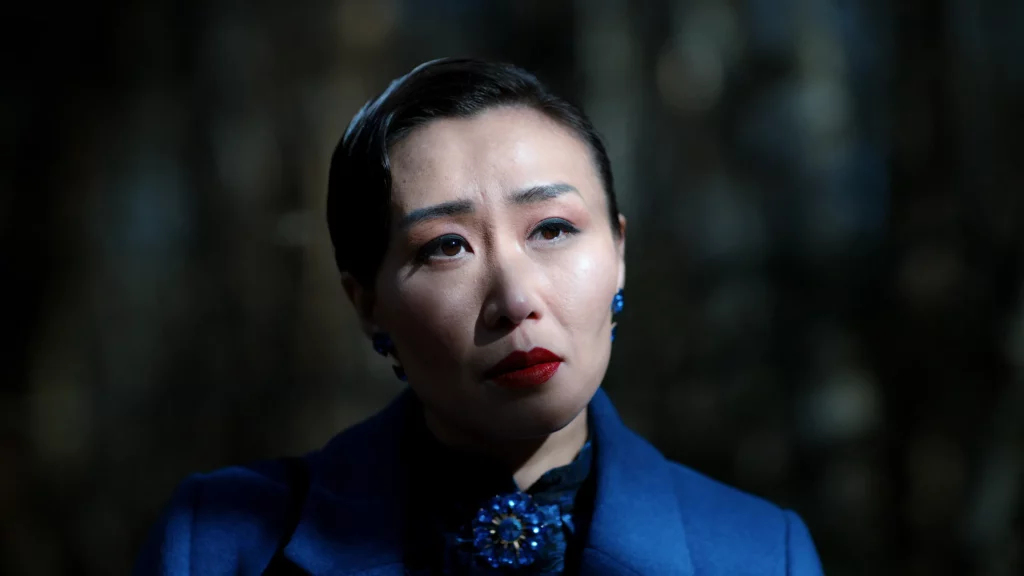
Her presence is first explained as a lucky charm, but the more the show goes on, the more she resembles the character of Chang in Only God Forgives. She’s almost like Karma, Justice, or Fate in a sense. She’s something you can’t really escape from.
All the characters were extremely well played and felt somehow natural. I feel like sometimes the script had some big lines, but the rest followed the flow on set.
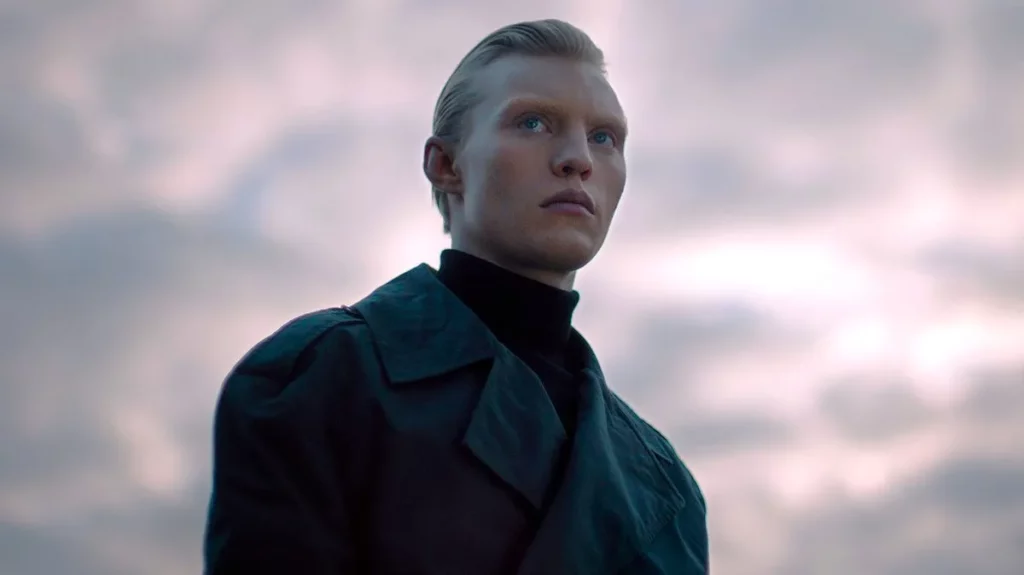
Like the show, the characters feels a bit dreamy on the other hand, more like the mental representation of someone instead of a real person. They reminded me somehow of the characters or NPC in the video game of David Cronenberg’s Existenz.
Perhaps they are more aimed at being a representation of an archetype rather than real-life characters.
The cinematography
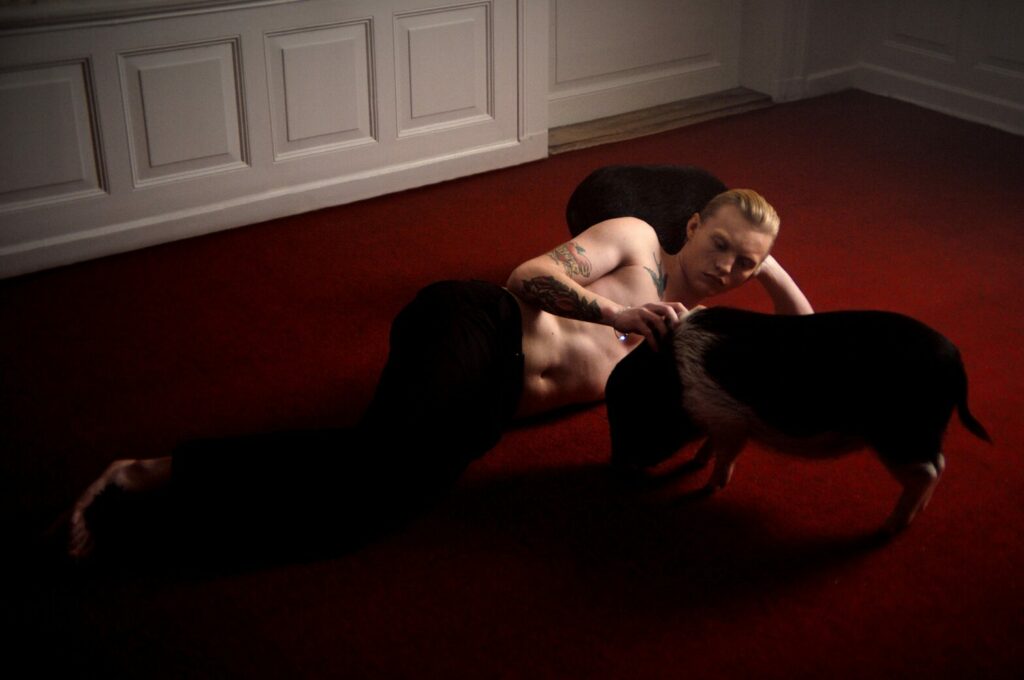
As always in NWR films, the photography is simply amazing and part of the story. From my sources, the show was shot on an Arri Alexa LF with Canon K35 lenses.
The image really feels like what a 50mm looks like on full frame. Usually, for cinematography, they tend to go slightly wider than this to have as much information on the scene as possible.
But with this movie, they went for the classic natural field of view and perspective, at times, tons of shallow depth of field and soft light.
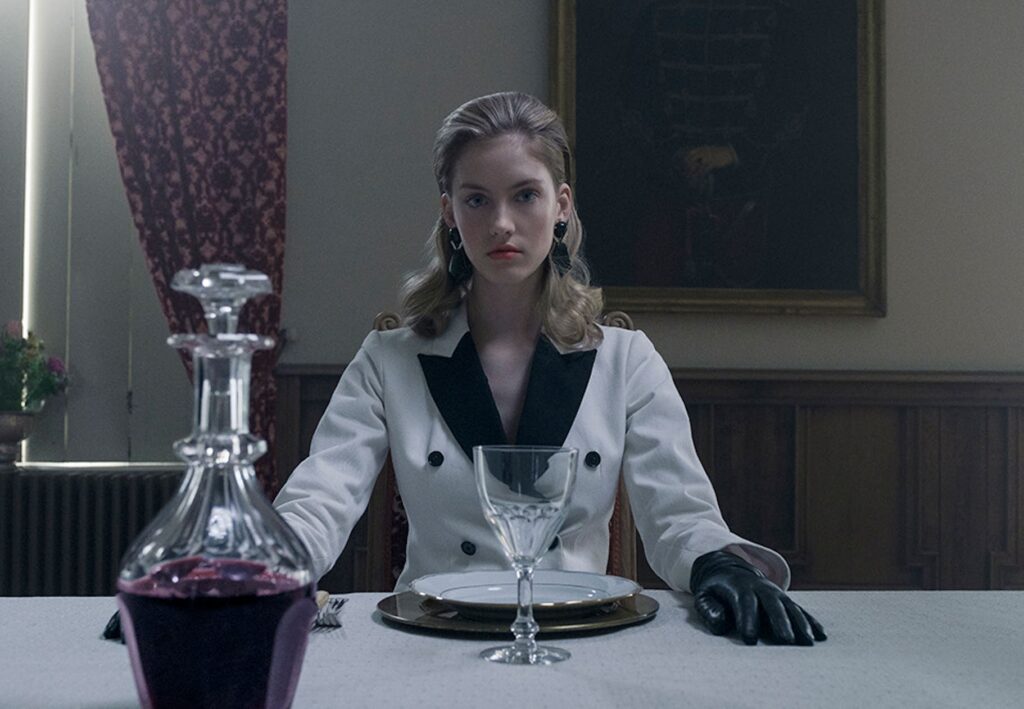
Watching this movie makes me want to get a Sony 50mm 1.2 GM and a huge soft-box to experiment. For a colorblind peson, NWR is always perfectly on point when it comes to color palette and complementary colors.
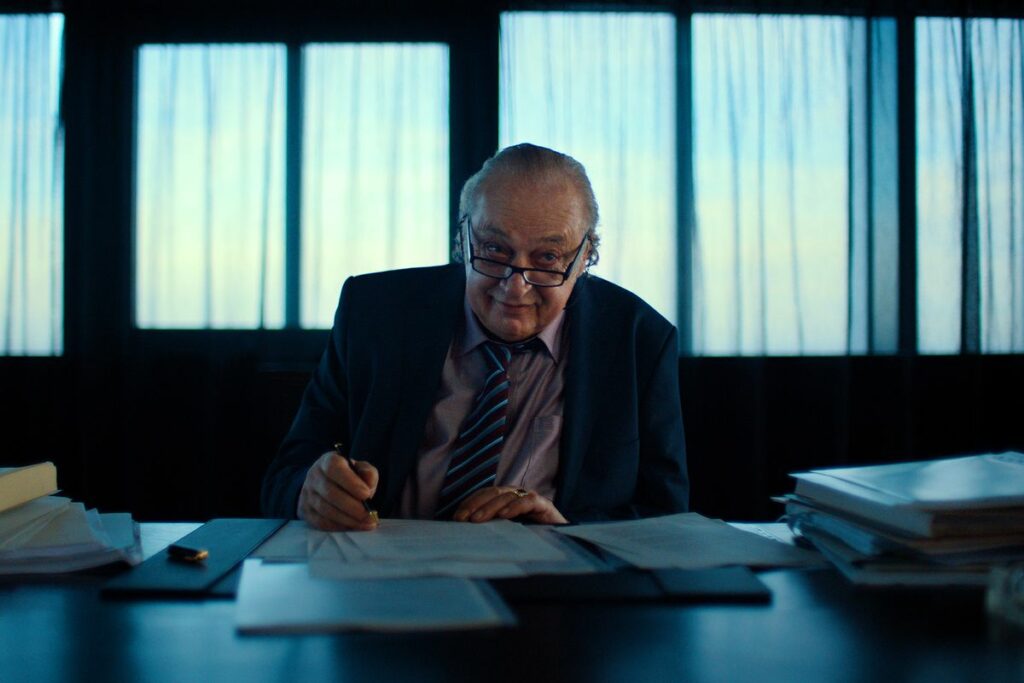
I really believe that films look best shot at 50mm on a full-frame sensor, but at the same time, you really need to be great at lighting, composition, and production design because the frame is so simple and true with absolutely no effects whatsoever.
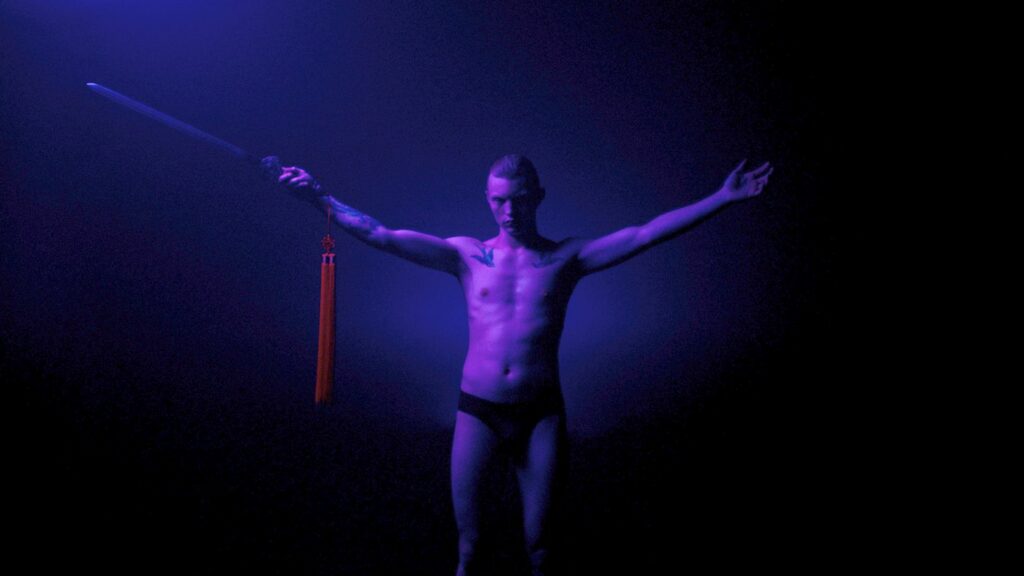
Of course, color lights is a signature of NWR’s films, as is space and time being distorted, since it’s mostly a mental experience anyway in this supernatural epic fiction. Everything used is symbolism and emotion to convey meaning.
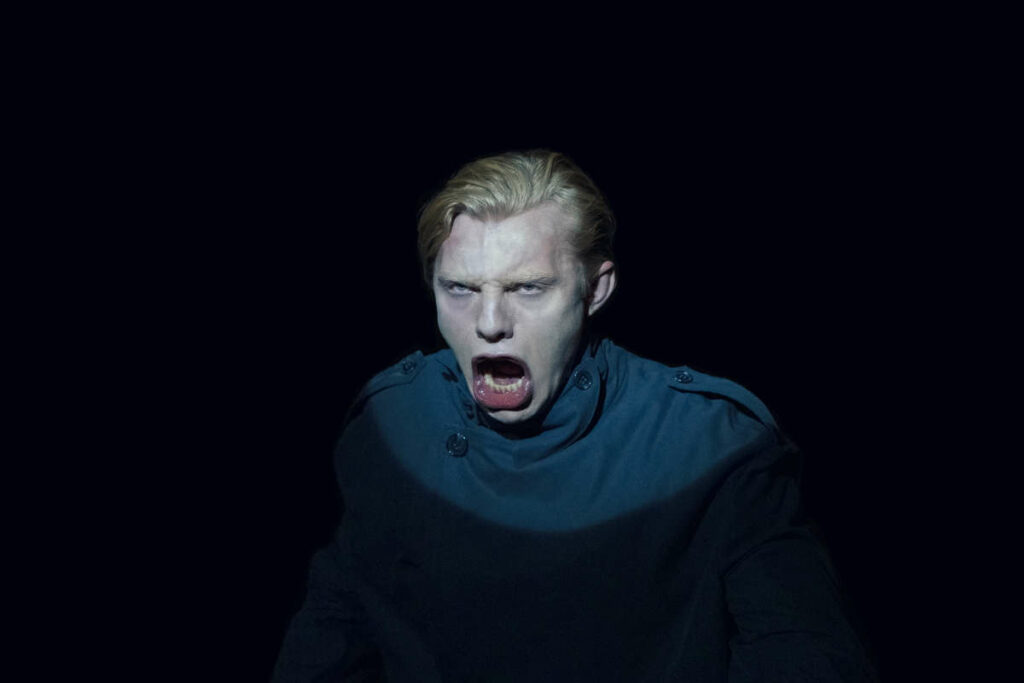
I think there is definitely a progression in the quality of the visuals coming out of his work. They are getting bolder, perhaps slightly less realistic, but the imagery is simply stunning.
The story
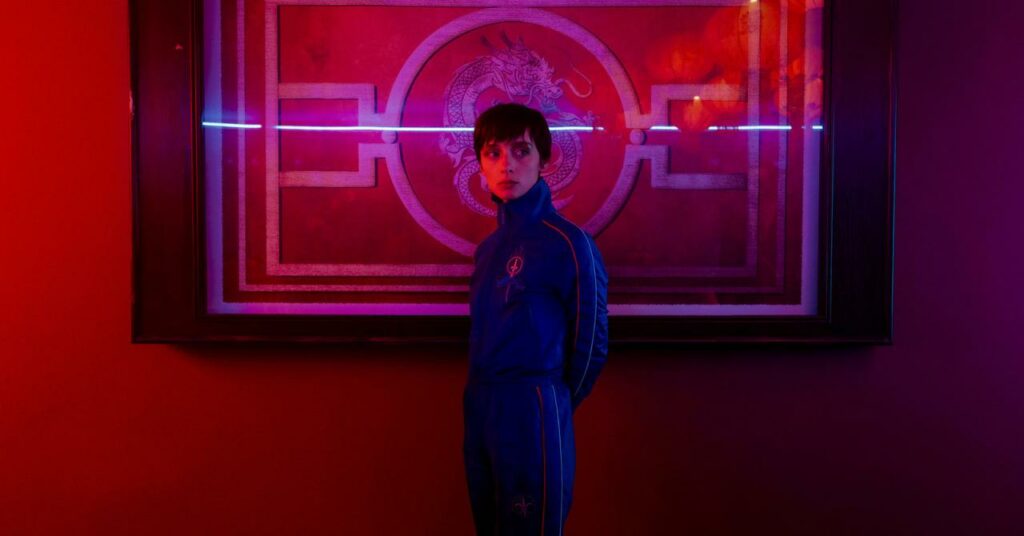
Note : this part contain spoilers
Like many of NWR’s films, it’s always an explorative experience of the self, but not from the beginning. The first part of the show really starts like a classic story. A young woman who is about to be trapped in a brothel somewhere in Denmark.
This part was probably my favorite, as I can relate to it the most. The soundtrack and the feeling created by the hopes of her new friend were stories worth exploring.
But like in his other movies, this is not a story with a happy ending or a classical narrative structure. It’s more of a twist into violence that we begin to witness as soon as Miu kills one of the pimps.
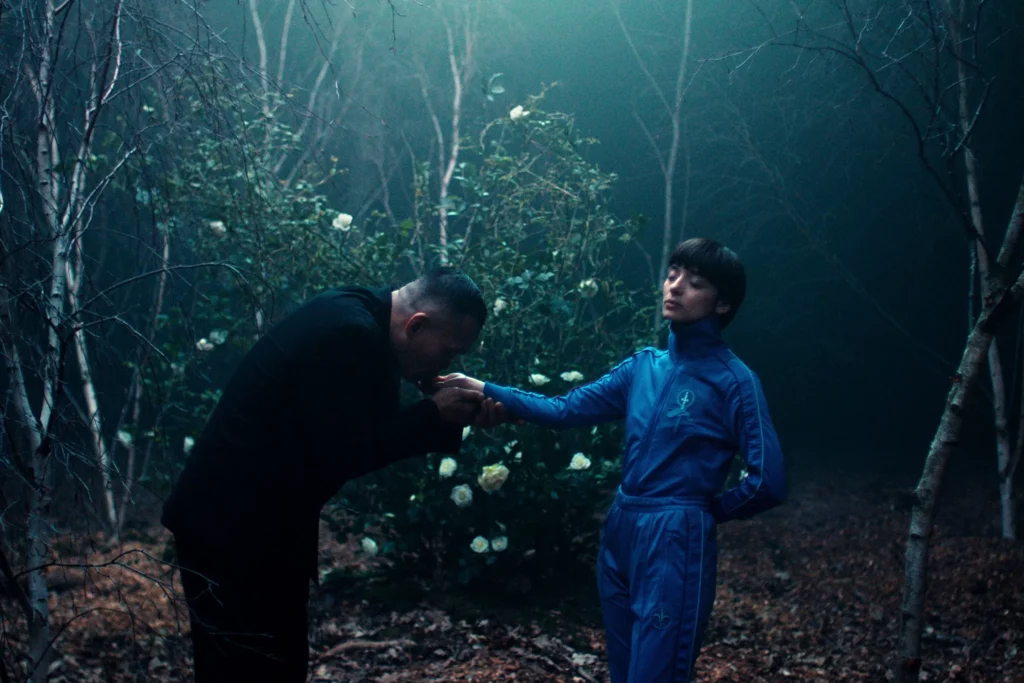
From there, we navigate between reality and mysticism, but always in a controlled manner. At no point was I thinking, “This makes no sense; I am not interested in the rest of the show.
On the contrary, I was very curious about where all this would lead. The ending was a bit strange; I am not sure I understood it, but that’s not the point; the point is the experience and the meaning during the journey.
Verdict
8.8 out of 10.
Watching a NWR film or TV show is really like experiencing a new form of drug. It will connect some parts of your brain that you don’t use that much, and you’ll see life in a different manner.
I am not only talking about visually seeing tons of colors, compositions, and details for the pleasure of the senses, but also in a way that you’ll pay attention to characters differently.
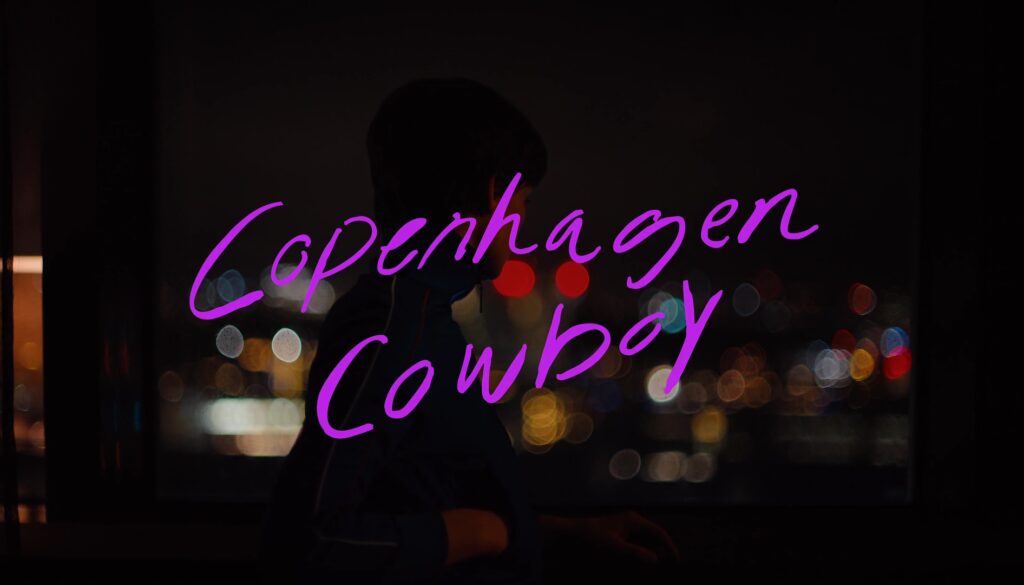
Almost as an energy as opposed to a factual analysis. In this sense, I always felt like NWR was a very spiritual person. Not in the sense that he believes in God, but more in the way that he perceives and translates meaning with intuition.
One thing I love about his film is that you don’t really know what to expect except for the fact that you are in for a trip. It’s not that his movies don’t make sense; it’s just that they’re not already part of common sense, or at least well articulated.
That’s what the role of an artist is, and sometimes even the director himself doesn’t understand everything about his creation. That’s when you know you are dealing with a real artist.
Informations
Copenhagen Cowboy
Netflix link : https://www.netflix.com/title/81402987
Learn more about NWR : https://en.wikipedia.org/wiki/Nicolas_Winding_Refn
Our Video Production : https://www.neonnight.fr
Our other blog : https://www.neonnight.fr/en/blog/


GIPHY App Key not set. Please check settings